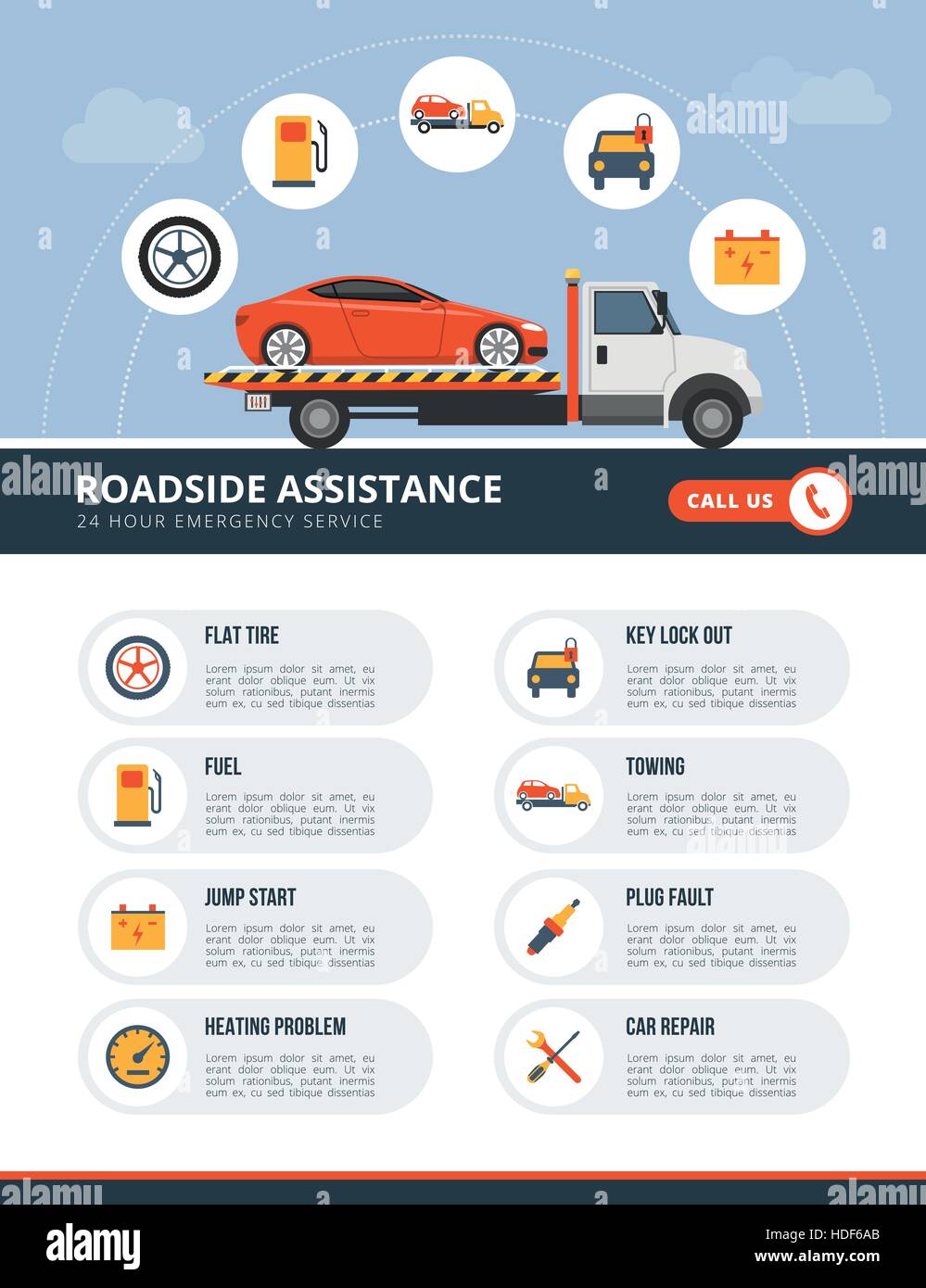Interpreting Your Auto'S Alert Lights: Their True Ramifications
Interpreting Your Auto'S Alert Lights: Their True Ramifications
Blog Article
Short Article Developed By-Samuelsen Winters
When you lag the wheel, those radiant warning lights on your control panel can be a little bit bewildering. Do you recognize what they're attempting to inform you regarding your auto's health? Comprehending car paint correction auckland of these lights is important for your safety and the durability of your vehicle. So, the following time one of those lights appears, wouldn't you want to analyze its message properly and take the necessary actions to address it?
Common Warning Lighting and Interpretations
Identify usual warning lights in your automobile and recognize their significances to guarantee risk-free driving.
The most regular caution lights include the check engine light, which signals issues with the engine or discharges system. If this light begins, it's important to have your automobile examined promptly.
The oil pressure cautioning light suggests low oil pressure, calling for immediate interest to stop engine damage.
A blinking battery light may recommend a defective billing system, potentially leaving you stranded if not resolved.
The tire stress tracking system (TPMS) light alerts you to low tire pressure, affecting lorry security and fuel performance. Overlooking this might cause risky driving conditions.
The abdominal light suggests a trouble with the anti-lock braking system, compromising your capacity to stop swiftly in emergencies.
Finally, the coolant temperature advising light warns of engine overheating, which can lead to severe damages if not resolved promptly.
Understanding these typical caution lights will assist you deal with concerns quickly and preserve secure driving problems.
Relevance of Prompt Interest
Understanding the common caution lights in your cars and truck is just the initial step; the relevance of without delay dealing with these warnings can not be highlighted sufficient to ensure your security when driving.
When a caution light illuminates on your dashboard, it's your automobile's way of connecting a potential issue that requires focus. Neglecting these warnings can result in much more extreme troubles down the road, compromising your safety and potentially costing you extra in repairs.
Trigger interest to alerting lights can stop malfunctions and accidents. For instance, a flashing check engine light can show a misfire that, if left neglected, could cause damages to the catalytic converter. Addressing this promptly can save you from an expensive repair work.
Similarly, a brake system advising light might indicate low brake fluid or used brake pads, crucial parts for your security when driving.
DIY Troubleshooting Tips
If you see a caution light on your dashboard, there are a couple of do it yourself fixing pointers you can try prior to seeking expert assistance.
recommended you read is to consult your cars and truck's manual to recognize what the certain caution light indicates. Often the issue can be as easy as a loosened gas cap triggering the check engine light. Tightening https://ricardosnhbu.digitollblog.com/29752221/a-once-neglected-lorry-undertakes-a-jaw-dropping-improvement-showing-the-amazing-abilities-of-specialist-detailing-you-re-bound-to-be-left-amazed-by-the-result may resolve the problem.
One more usual problem is a low battery, which can activate various warning lights. Inspecting the battery connections for corrosion and ensuring they're secure might repair the trouble.
If a warning light persists, you can attempt resetting it by detaching the auto's battery for a couple of mins and then reconnecting it. In addition, examining your car's liquid degrees, such as oil, coolant, and brake liquid, can aid fix advising lights connected to these systems.
Verdict
Finally, comprehending your cars and truck's warning lights is necessary for maintaining your lorry running smoothly and securely. By without delay addressing these alerts and knowing what they indicate, you can avoid expensive repair work and possible malfunctions.
Keep in mind to consult your cars and truck's manual for specific information on each alerting light and do something about it as necessary to make certain a trouble-free driving experience.
Keep informed, stay risk-free on the road!
